NASA astronaut Matthew Dominick recently spotted an interesting phenomenon while aboard the International Space Station. A red flash appeared in the sky!
This red light is actually called a red sprite. This unusual occurrence is especially interesting to both meteorologists and astronomers, since it is so difficult to observe.
What is a Red Sprite?
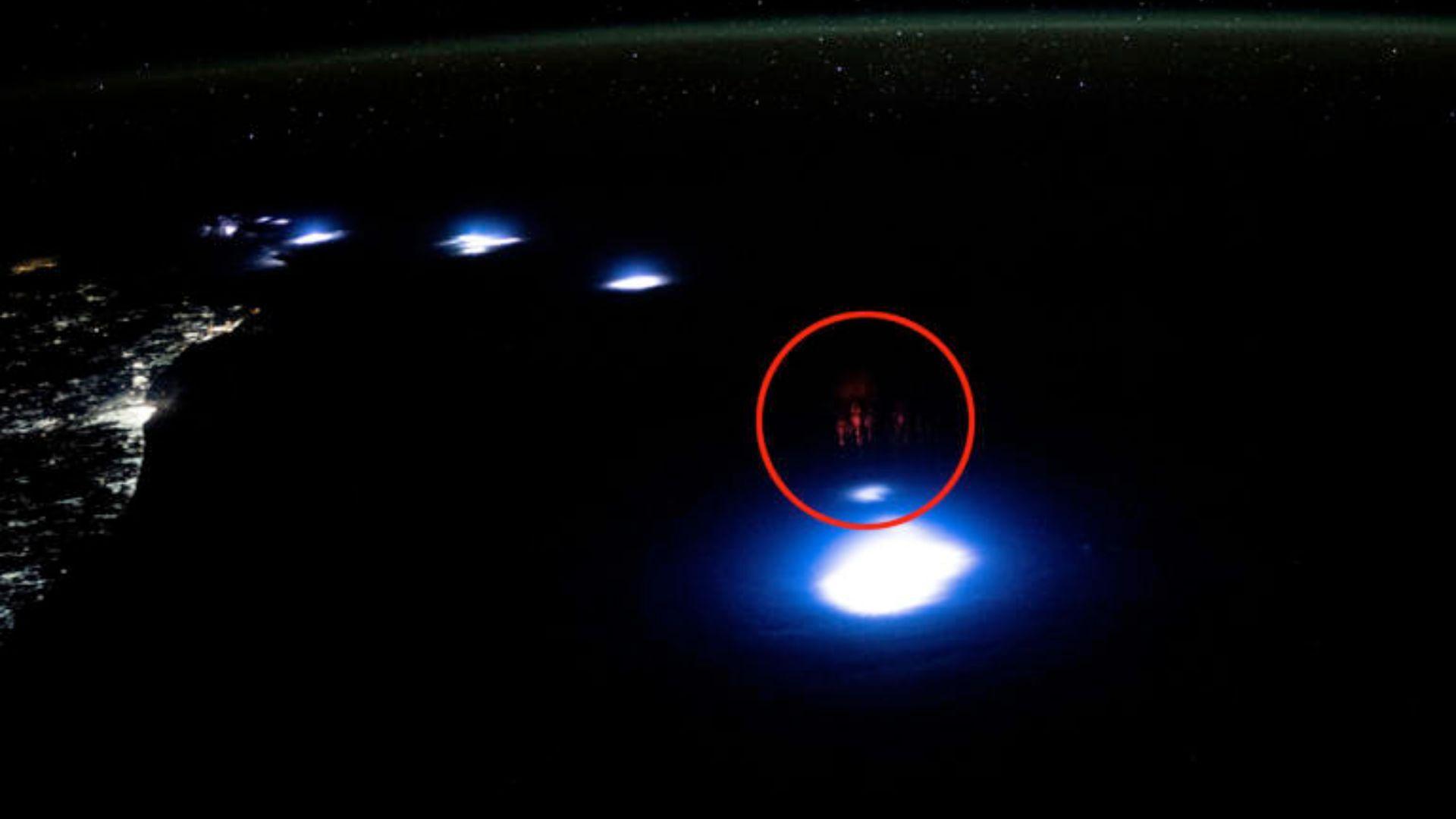
Red sprites are bursts of light that occur above thunderstorms. They can appear between 37 to 56 miles above the Earth. They are relatively dim compared to most lightning and only last a few milliseconds.
Sprites can be up to 30 miles across. According to space.com, they can range from jellyfish- to carrot-shaped.
Transient Luminous Events
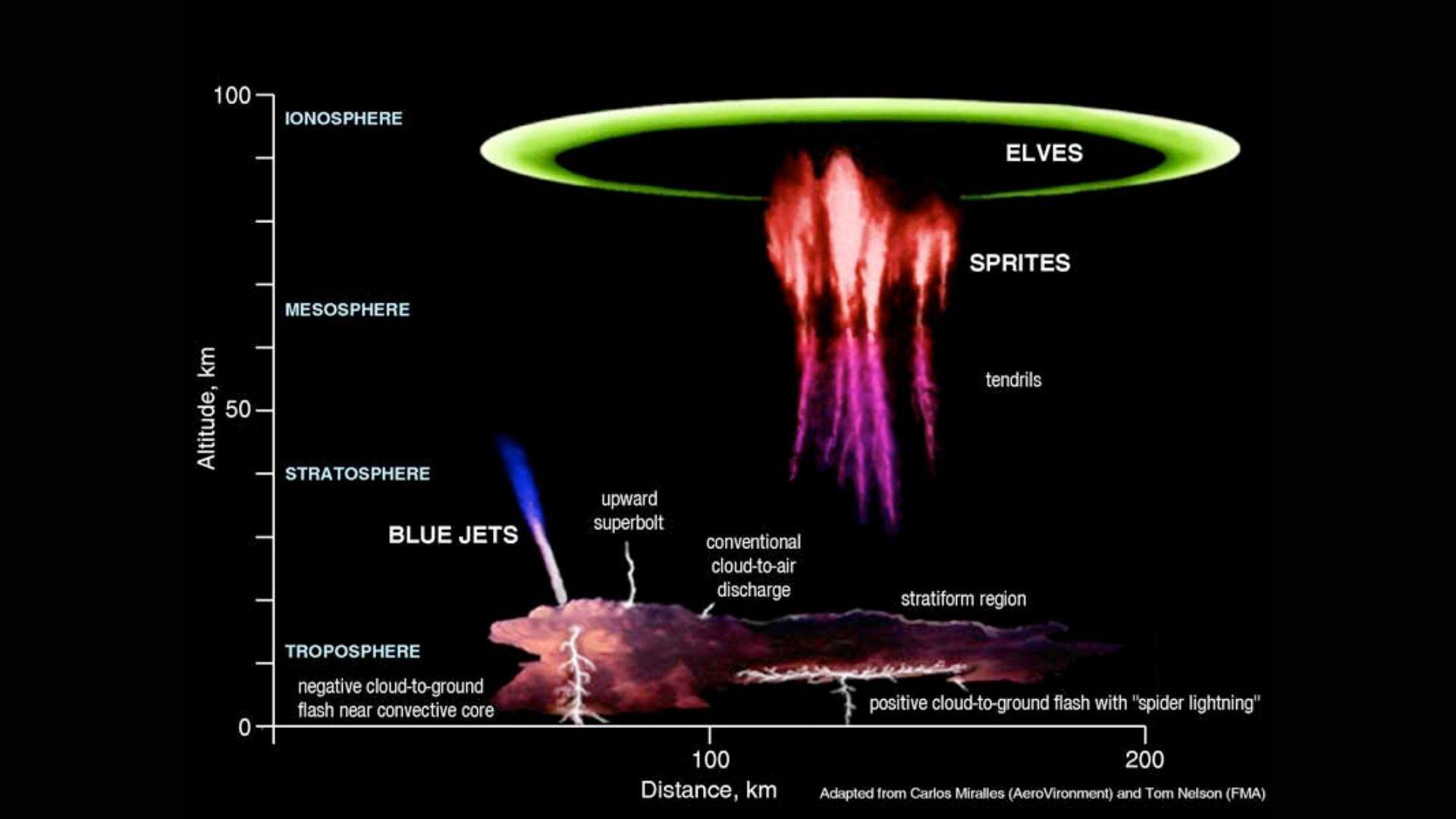
Transient luminous events, or TLEs, are also known as upper-atmospheric lightning. They are short-lived electrical phenomena that appear well above the normal height of lightning.
According to NASA, “Transient luminous events, including red sprites, are colorful bursts of energy that appear above storms as a result of lightning activity occurring in and below storms on Earth.”
How Do TLEs Differ from Lightning?
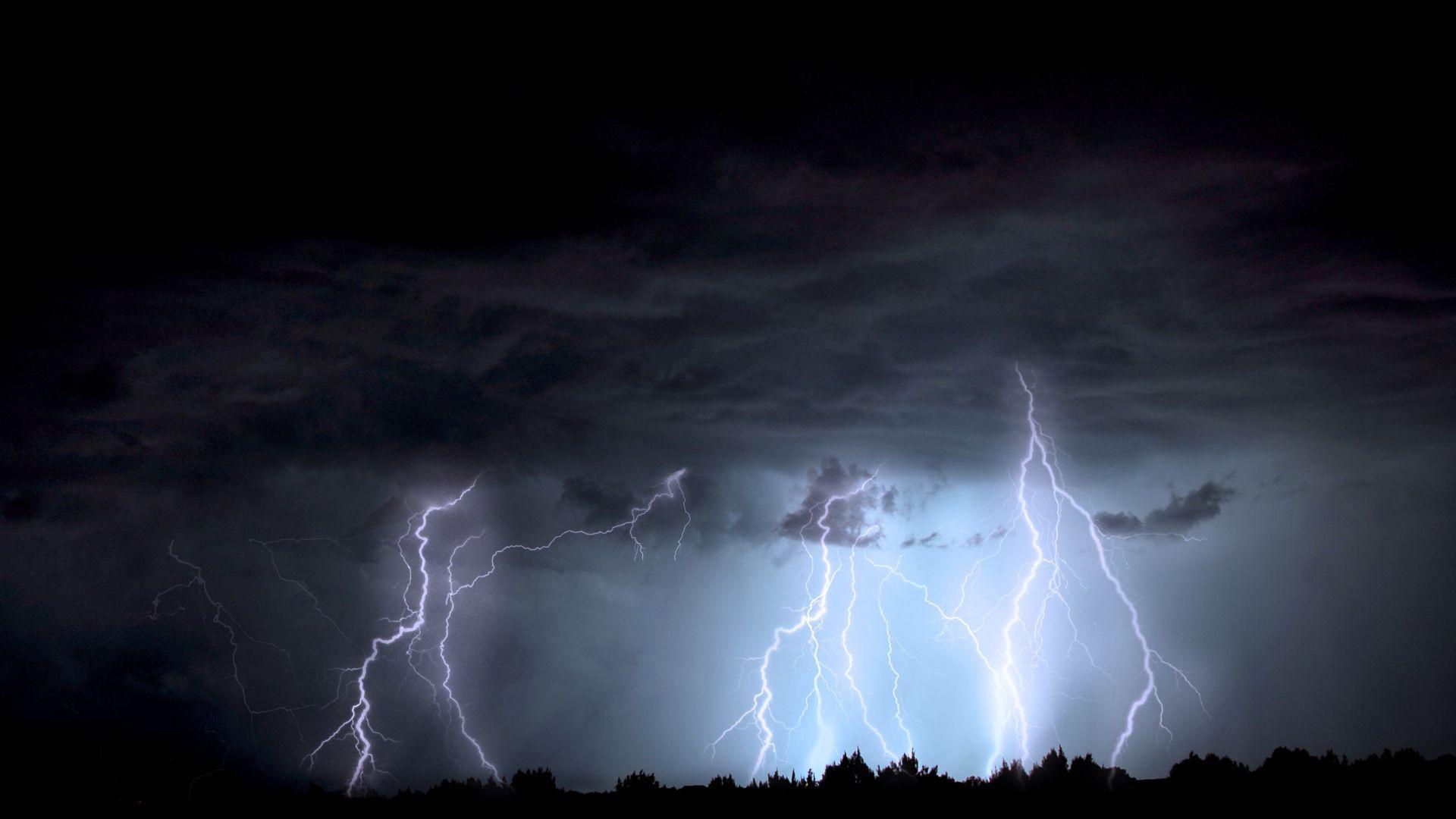
As mentioned previously, TLEs occur much higher up in the atmosphere than lightning does. However, there are some other differences, too.
Most lightning is white in color. It strikes downwards from the clouds to the ground. However, TLEs are colorful and usually occur around 50 miles above the Earth’s surface. They don’t strike the ground.
How Are Red Sprites Observed?
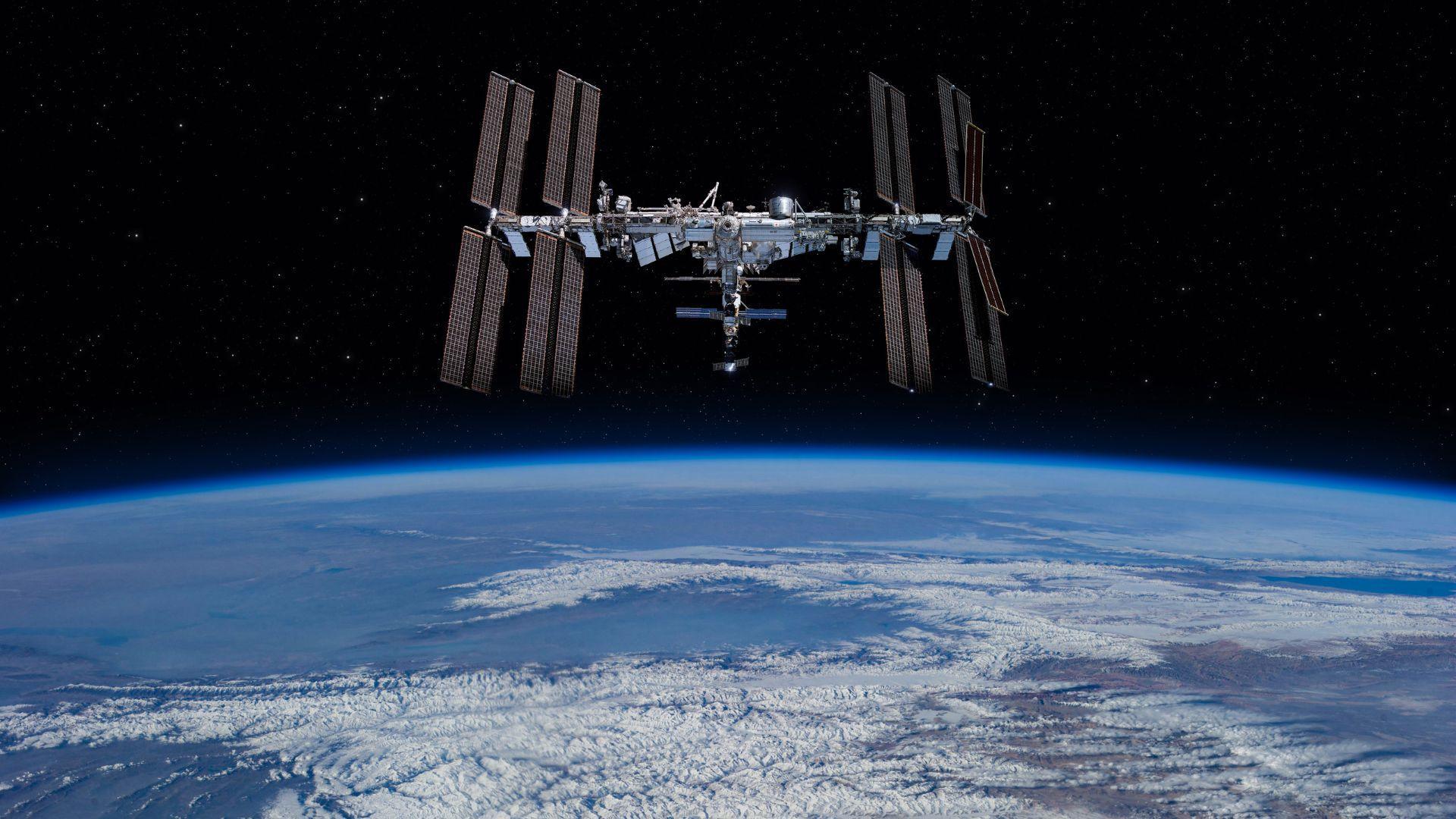
Occasionally, someone on the ground may be able to spot a red sprite, but usually they are observed in planes or in space. Usually you can’t see them from the ground because of the dense storm clouds overhead blocking the view.
International Space Station members typically capture TLEs while taking Earth timelapses. Specially tuned instruments on the outside of the ISS—like the Atmosphere-Space Interactions Monitor (ASIM)—can collect data for researchers on Earth. The ASIM uses cameras, photometers, X-rays, and gamma-ray detectors to collect data.
Matthew Dominick’s Story
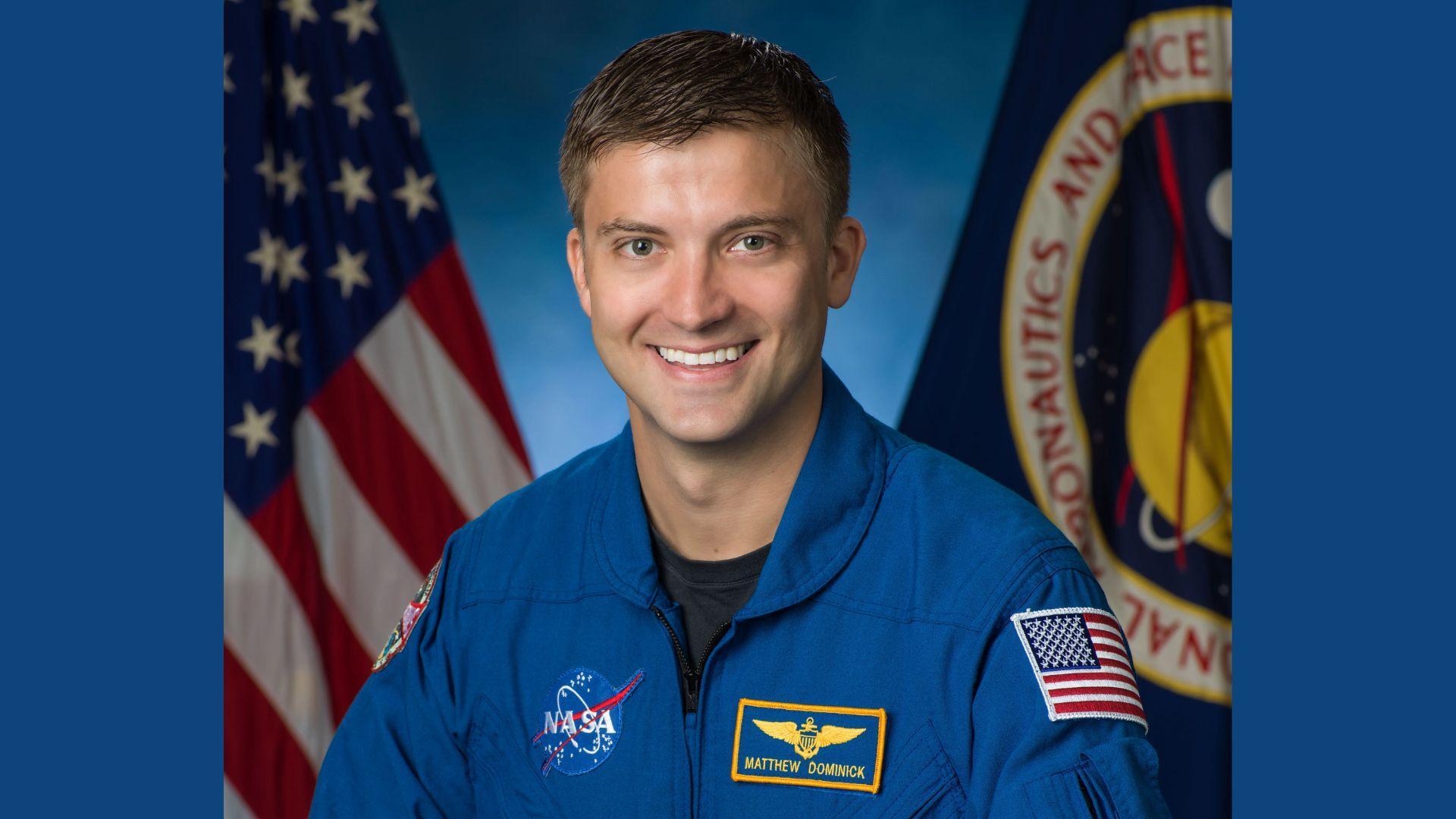
Matthew Dominick previously served as a naval test pilot and fighter pilot commander before becoming an astronaut. He is now working on the ISS as the commander of NASA’s SpaceX Crew-8 mission.
On June 3rd, Dominick was taking a timelapse and a happy accident occurred: he captured a picture of the evanescent phenomenon known as a red sprite.
Posting the Picture
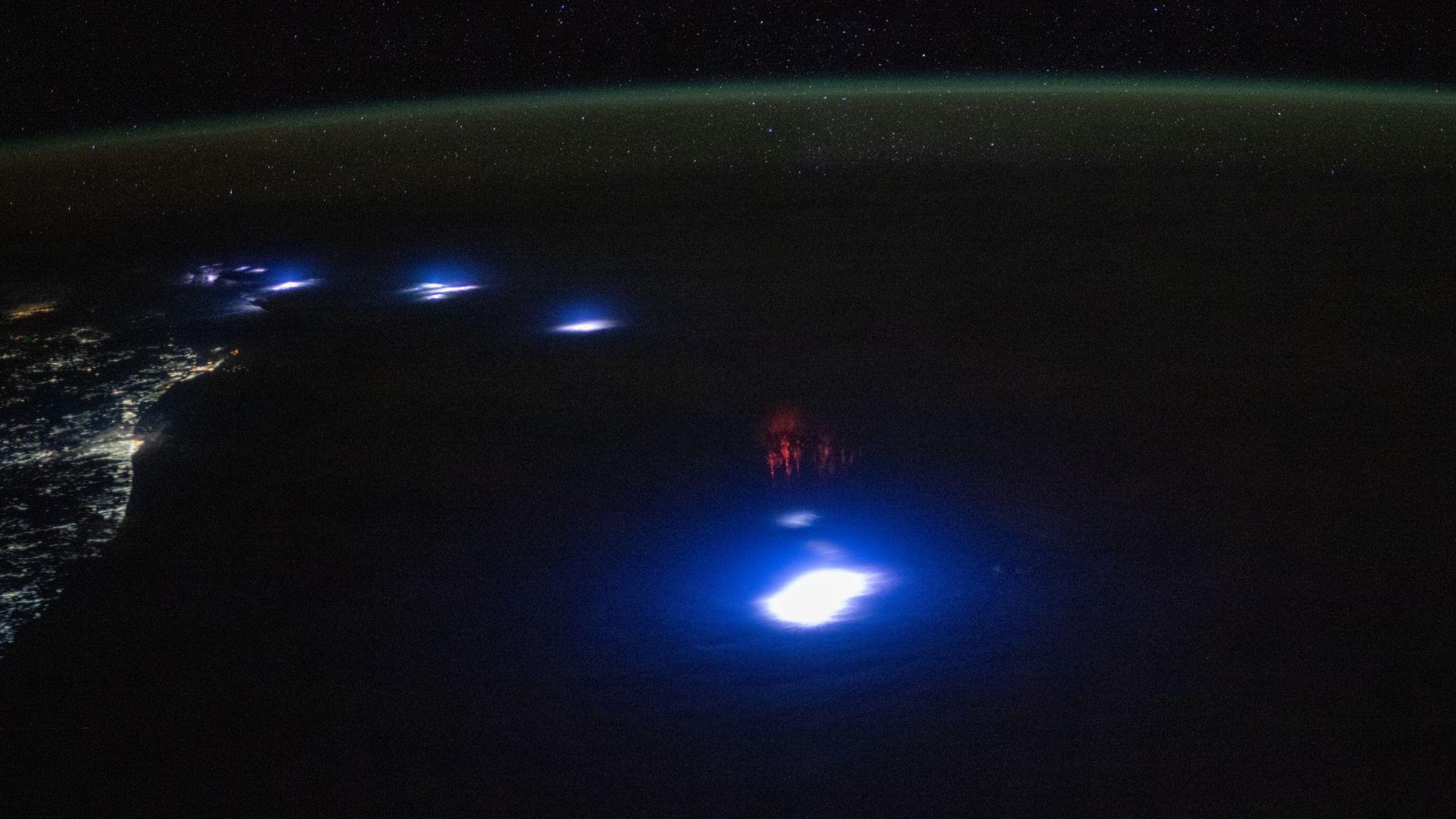
Dominick posted the picture of the red sprite on X (formerly known as Twitter) on June 20th. “Super lucky a few weeks ago when shooting a timelapse of a lightning storm off the coast of South Africa,” he began his caption of the picture.
“One of the frames in the timelapse had a red sprite,” he continued, “if there are any red sprite experts out there I would enjoy tips on how to capture more of these.” Then, he hypothesized, “Clearly, look for lightning storms, but I’m thinking the stronger the storm the better.”
A Picture Catalyst
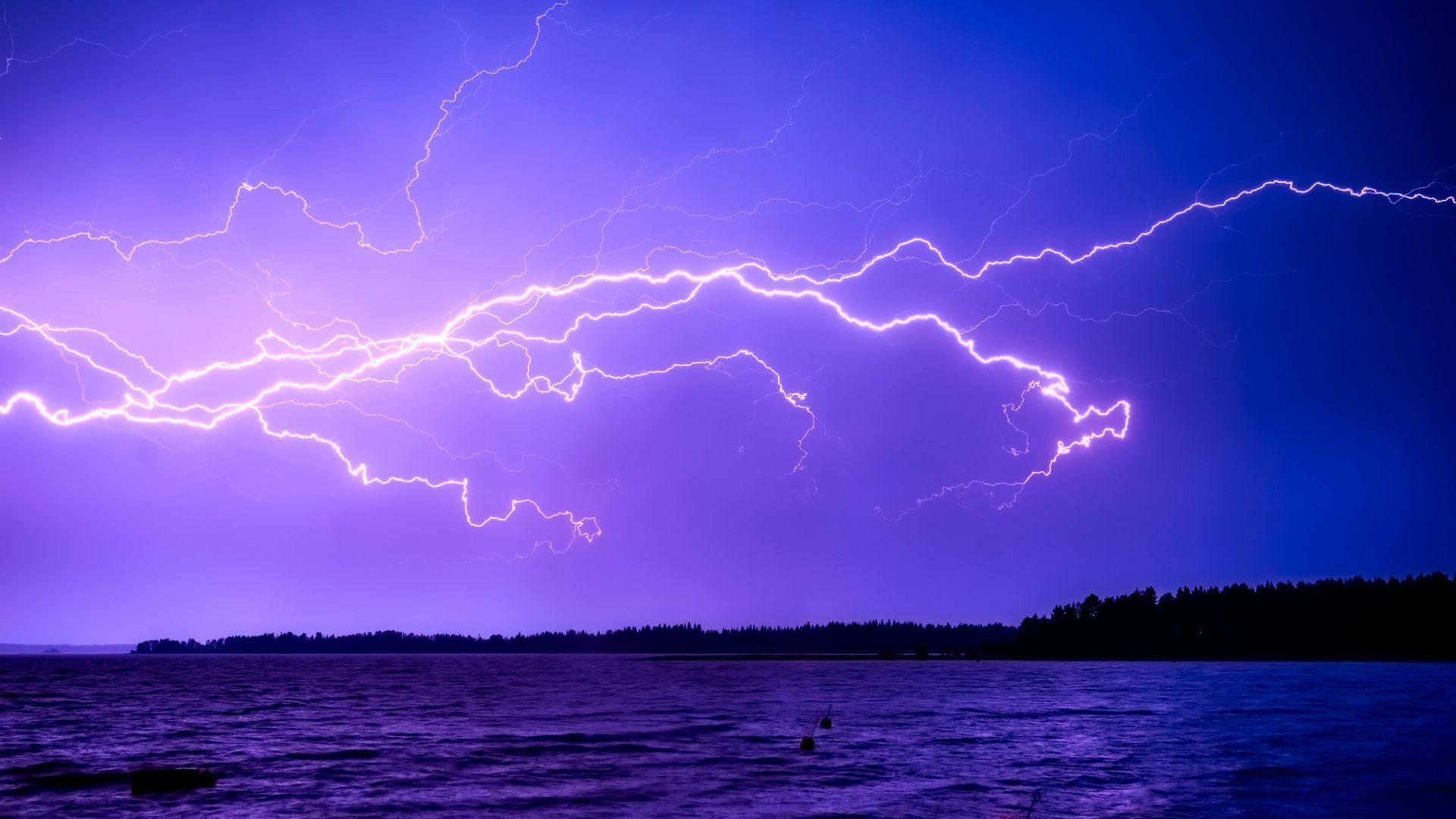
NASA hopes that Dominick’s image will encourage others to look out for interesting sky phenomena, like red sprites. If scientists can obtain more images of difficult-to-capture phenomena, then they are able to learn more about them.
Almost three years ago, NASA created Spritacular, a citizen-crowdsourced database. It is their hope that people will send in their “photographs of sprites and other TLEs to NASA’s citizen science project, Spritacular,” so that TLEs can be studied more thoroughly.
Spectacular Spritacular
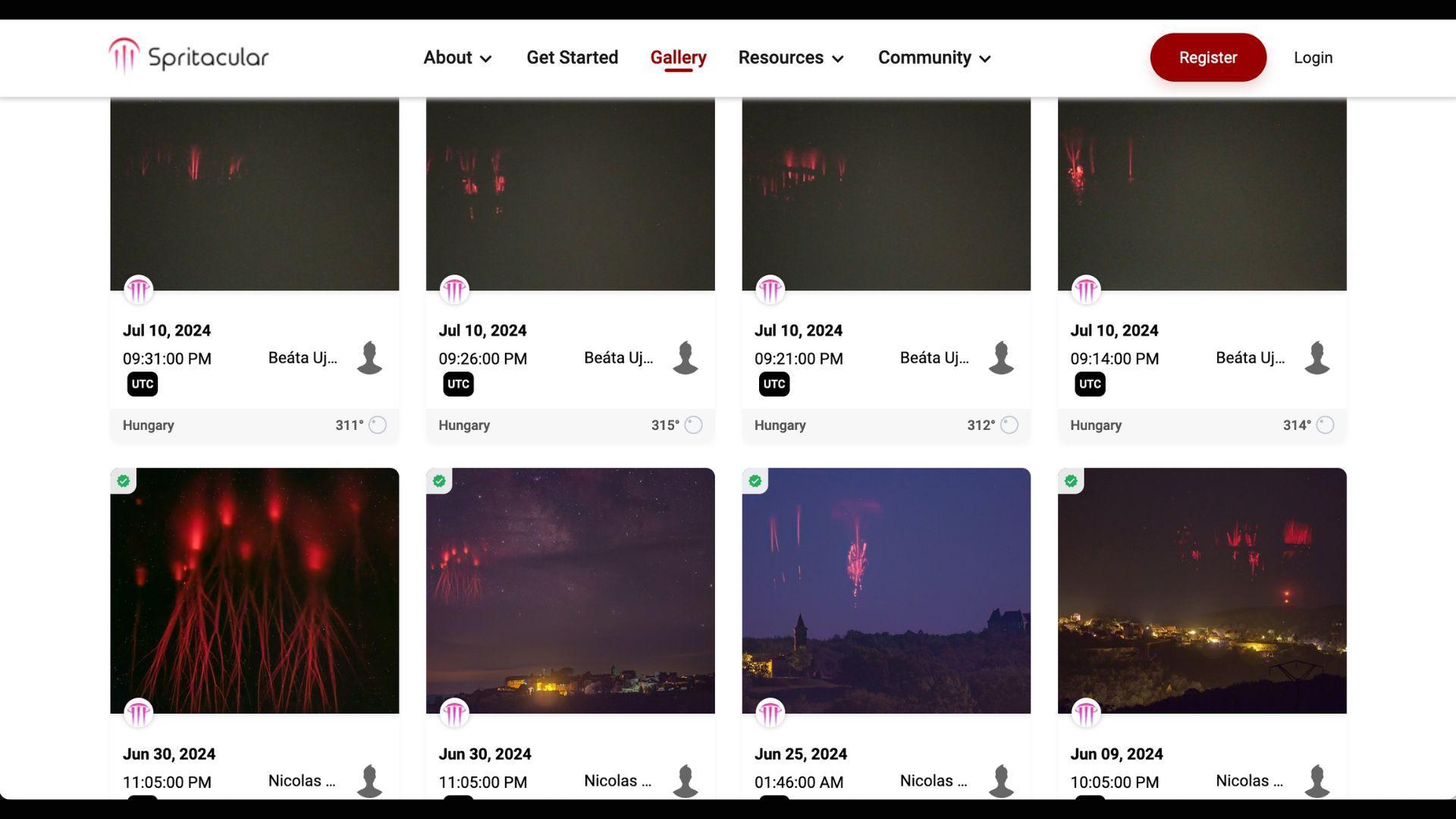
Space physicist Dr. Burcu Kosar is the principal investigator for Spritacular. The project hopes to pair accidental photographers of phenomena with the scientists who study that phenomena.
“People capture wonderful images of sprites, but they’re shared sporadically over the internet,” she explains. “Most of the scientific community is unaware of these captures. Spritacular will bridge this gap.”
Helping the Studies of Meteorology and Astronomy
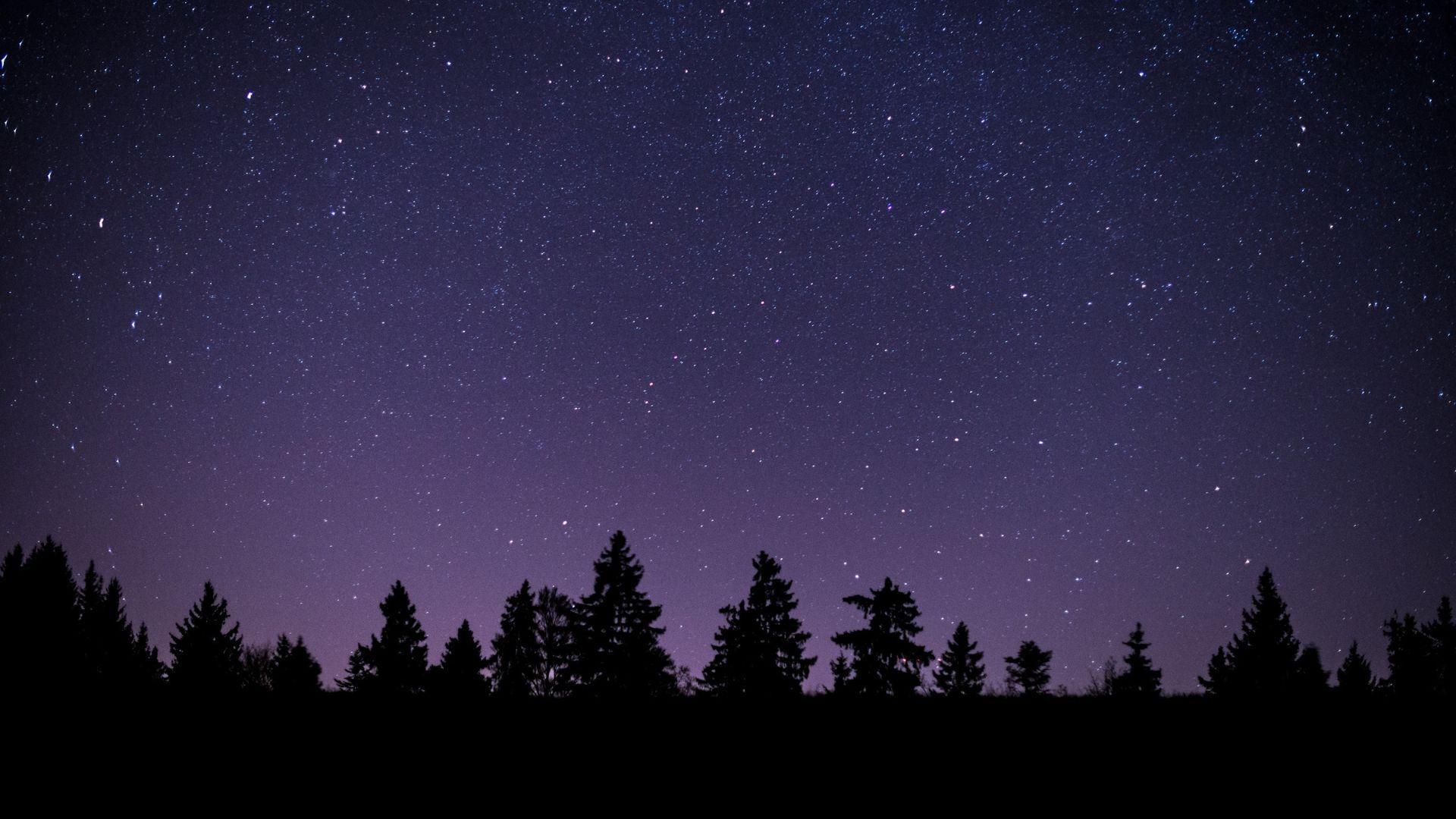
If you ever capture a photo of a TLE (or just want to look at some super cool pictures), make sure to check out Spritacular! Submit your photos for science!
Sure, Matthew Dominick is an astronaut currently on the ISS, but at the end of the day, he was just a lucky photographer. By simply looking up at the sky and being curious about the phenomena around you, you have the possibility of helping meteorologists and astronomers, too!

